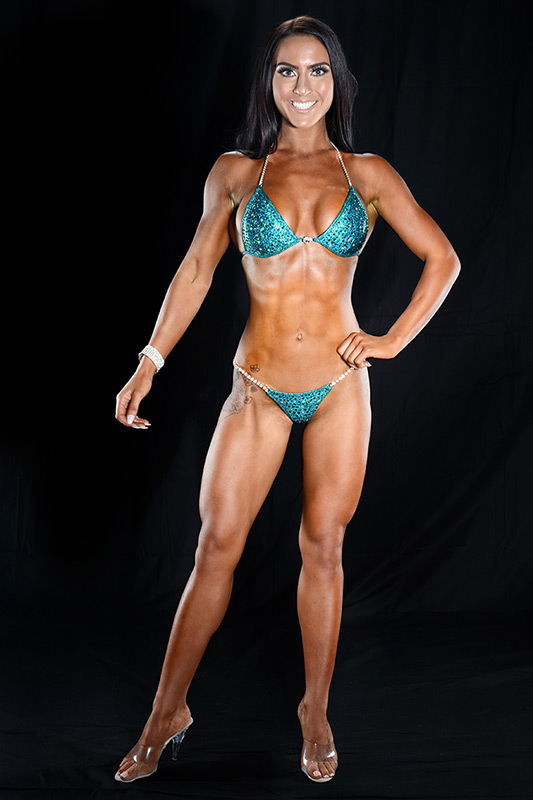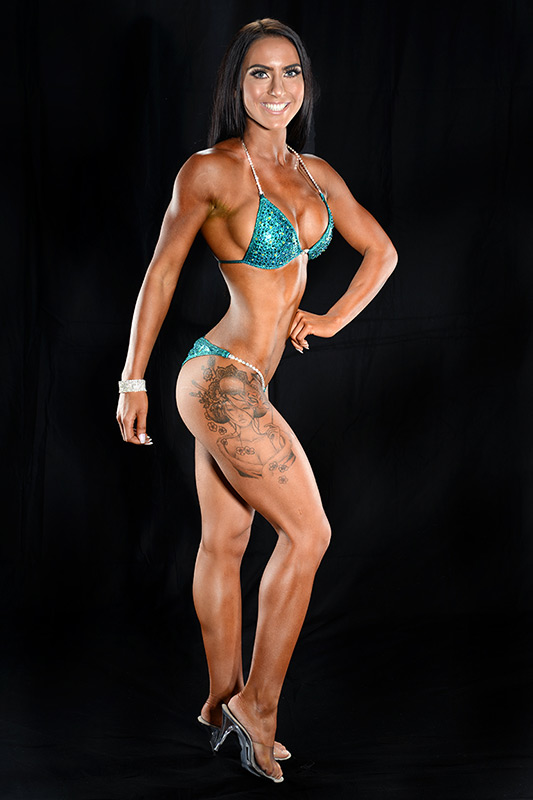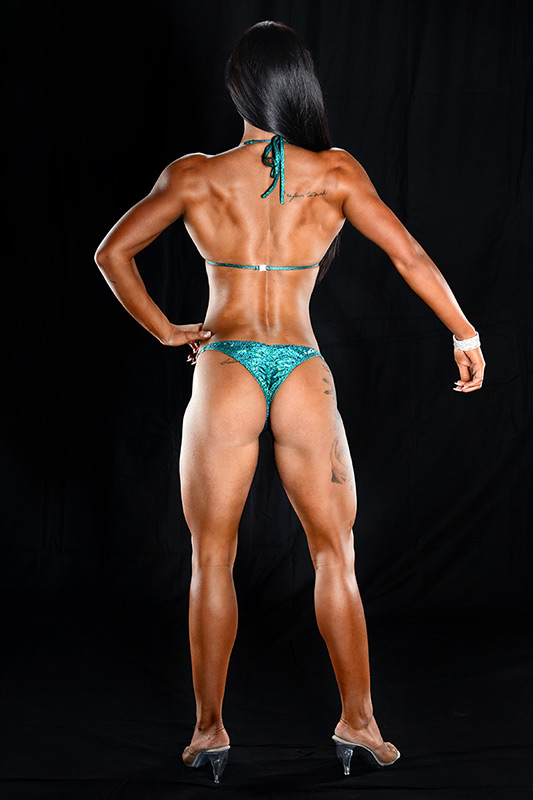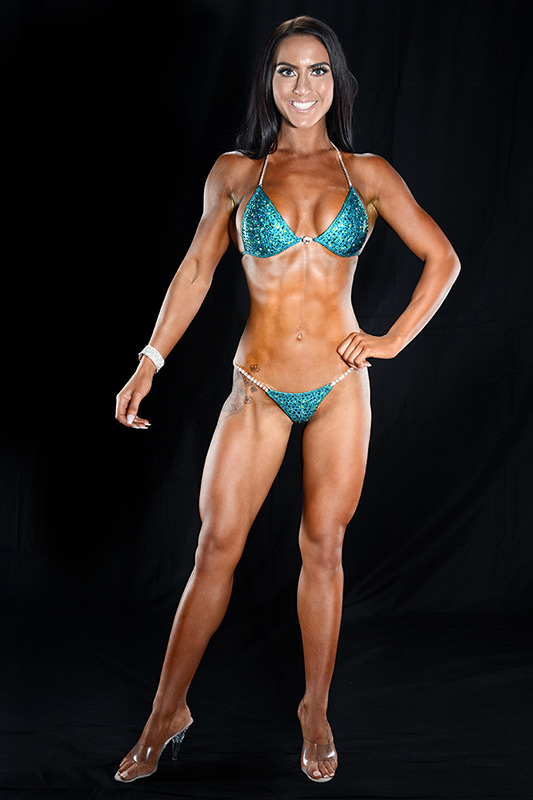ROUND 1 - PREJUDGING
Presentation and Comparison Round 1
The competitors will walk on stage in a line-up and will be guided through 4 quarter turns.
PRESENTATION
Prejudging: Presentation (Round 1) (Two-Piece Bikini)
-
The procedures for Round 1 (Two-Piece Bikini) will be as follows:
-
1. The entire line-up is brought onstage, in numerical order and in a single line.
-
2. The line-up will be divided into two equal-size groups and will be positioned onstage so that one group is to the left of the stage; the other group is to the right of the stage. The center portion of the stage will be left open for comparison purposes.
-
3. In numerical order, and in groups of no more than five competitors at a time, each group will be directed to center-stage area to perform the four quarter turns.
-
4. This initial grouping of competitors, and performance of the quarter turns, is intended to assist the judges in determining which competitors will take part in the comparisons that follow.
-
Judges will be asked to note down their top 5 -not placing them.
-
The Assistant of the Head-Judge will collect all the judges’ top 5 and prepare the comparisons according the judges wishes. The Head-Judge will call the comparisons according to the judges’ notes.
COMPARISON ROUND
Pre-judging (Round 1)
Pre-judging (Round 1)
All individual comparisons will be carried out center-stage and in the order, from left to right, as requested by the head-judge. These comparisons will be done in the following manner:
The total number of comparisons will be as decided by the Head Judge.
All competitors will undergo at least one comparison.
Upon completion of the last comparison, all competitors will return to a single lineup, in numerical order, before exiting the stage.








